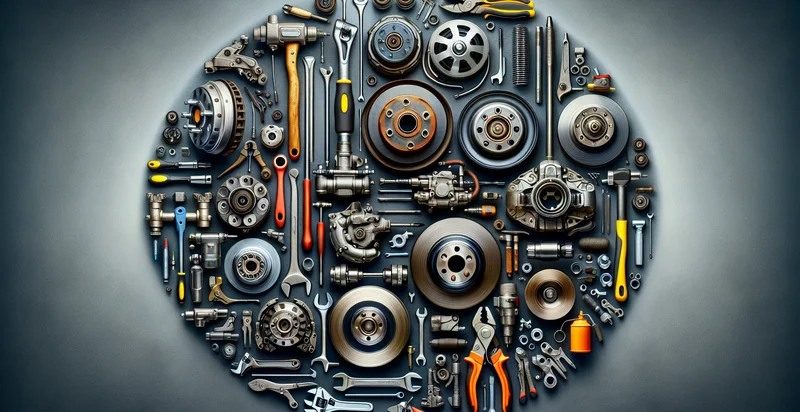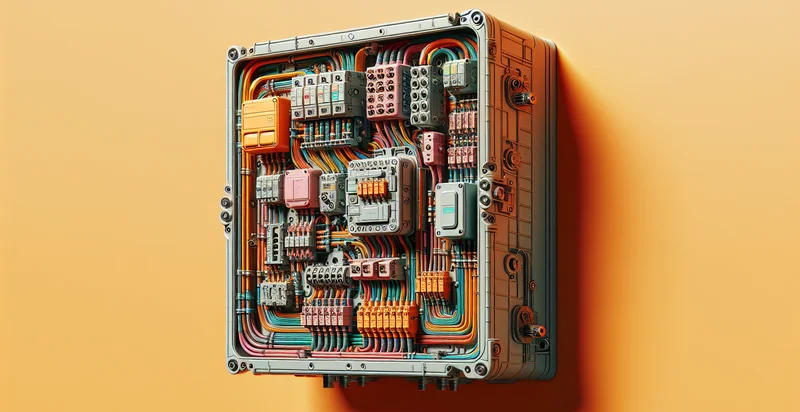Identify aerator type
using AI
Below is a free classifier to identify aerator type. Just upload your image, and our AI will predict what type of aerator it is - in just seconds.

Contact us for API access
Or, use Nyckel to build highly-accurate custom classifiers in just minutes. No PhD required.
Get started
import nyckel
credentials = nyckel.Credentials("YOUR_CLIENT_ID", "YOUR_CLIENT_SECRET")
nyckel.invoke("aerator-type", "your_image_url", credentials)
fetch('https://www.nyckel.com/v1/functions/aerator-type/invoke', {
method: 'POST',
headers: {
'Authorization': 'Bearer ' + 'YOUR_BEARER_TOKEN',
'Content-Type': 'application/json',
},
body: JSON.stringify(
{"data": "your_image_url"}
)
})
.then(response => response.json())
.then(data => console.log(data));
curl -X POST \
-H "Content-Type: application/json" \
-H "Authorization: Bearer YOUR_BEARER_TOKEN" \
-d '{"data": "your_image_url"}' \
https://www.nyckel.com/v1/functions/aerator-type/invoke
How this classifier works
To start, upload your image. Our AI tool will then predict what type of aerator it is.
This pretrained image model uses a Nyckel-created dataset and has 15 labels, including Aeration Plate, Compact, Core, Drum, Electric, Gas-Powered, Horizontal, Liquid, Manual and Plug.
We'll also show a confidence score (the higher the number, the more confident the AI model is around what type of aerator it is).
Whether you're just curious or building aerator type detection into your application, we hope our classifier proves helpful.
Related Classifiers
Need to identify aerator type at scale?
Get API or Zapier access to this classifier for free. It's perfect for:
- Quality Control in Manufacturing: The aerator type identifier can be integrated into manufacturing processes to ensure that the correct aerator types are being used during production. By automatically identifying and classifying aerators, manufacturers can reduce errors, improve product quality, and ensure compliance with design specifications.
- Inventory Management: Retailers and wholesalers can use the aerator type identifier to manage their inventory more effectively. By quickly classifying aerator types, businesses can streamline stock management, optimize purchasing decisions, and ensure that they maintain an adequate supply of each type.
- Maintenance Scheduling: The function can assist maintenance teams by identifying the type of aerator currently installed in various systems. This can lead to more accurate maintenance scheduling and ensure that the appropriate tools and parts are available for service calls.
- Customer Service Support: Customer service representatives can utilize the aerator type identifier to quickly assist customers who have questions about their aerators. By accurately identifying the type, they can provide tailored support and advice, enhancing overall customer satisfaction.
- Waste Management Solutions: Environmental organizations can leverage the aerator type identifier to monitor the types of aerators in use at wastewater treatment facilities. By classifying aerators, organizations can promote best practices and recommend upgrades to more efficient systems, ultimately enhancing waste management.
- Market Research and Trends: Businesses can use the aerator type identifier to gather data on the prevalence of different aerator types in various markets. This information can help companies identify trends, adapt their product offerings, and better target their marketing strategies.
- Compliance and Regulatory Reporting: Companies that produce or utilize aerators can utilize the identifier to ensure compliance with industry regulations. By accurately classifying aerators, they can produce necessary documentation and reports that demonstrate adherence to environmental and safety standards.


